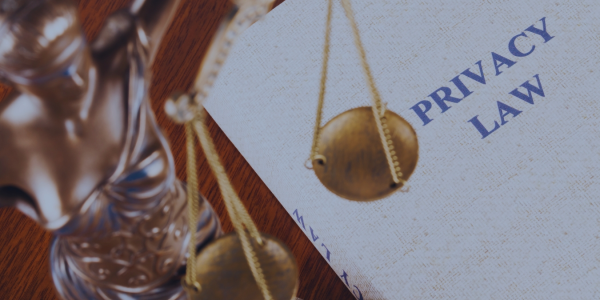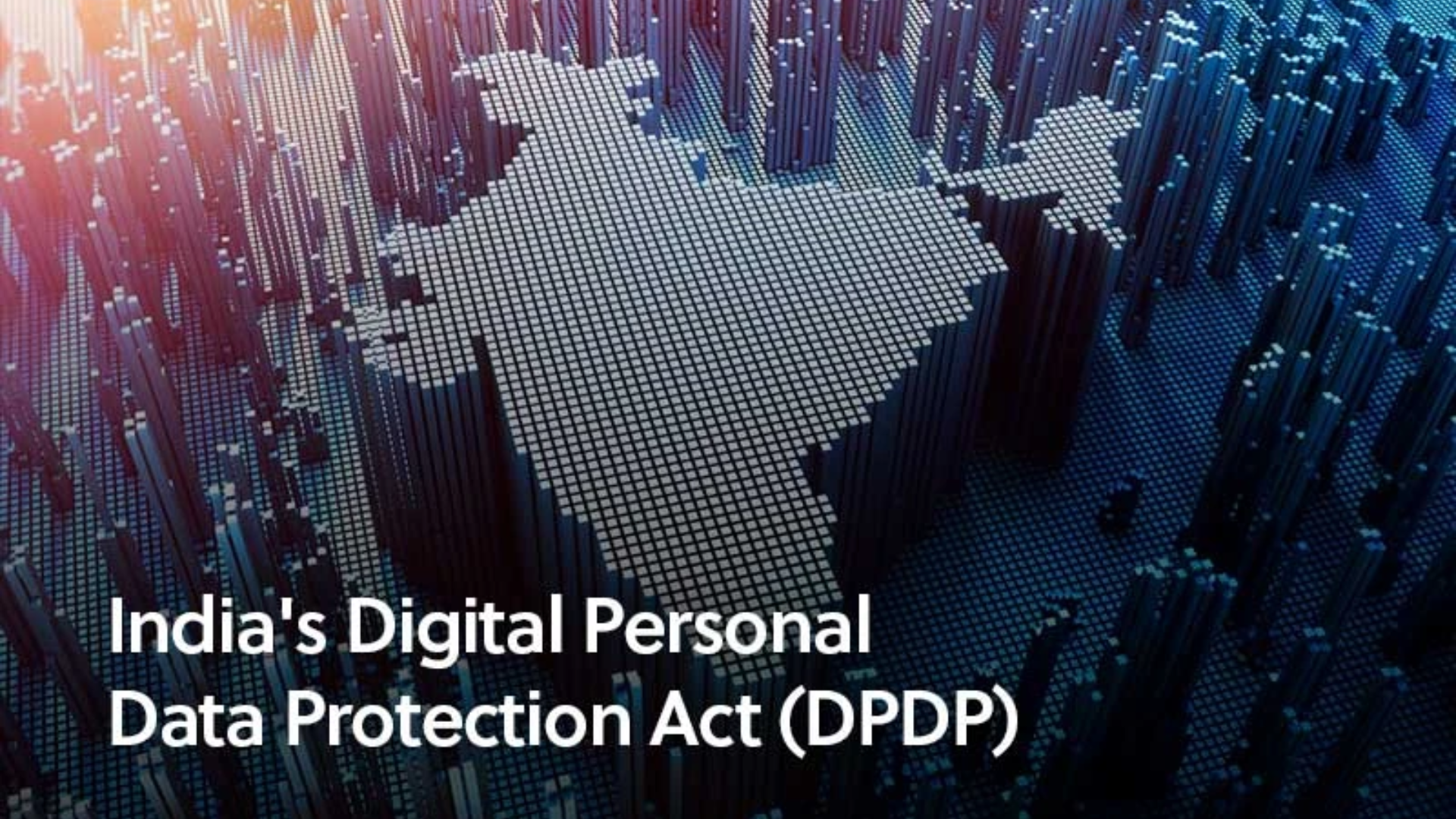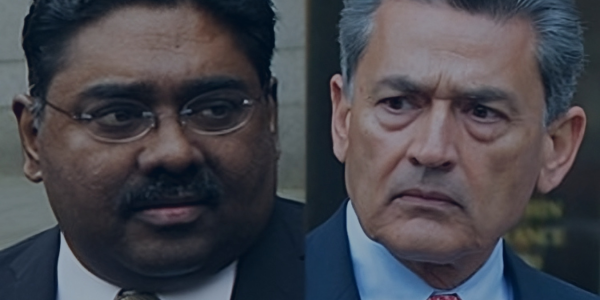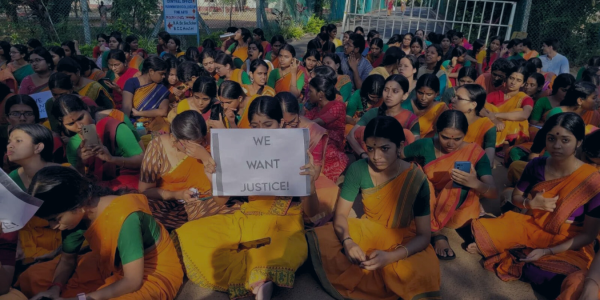The journey of the right to privacy to be recognized as a fundamental right in the Indian constitution has been long and significant. To truly grasp the concept of privacy within the Indian constitutional framework, it is essential to gain a comprehensive understanding of what privacy entails.
Privacy is the “right to be let alone; the right of a person to be free from unwarranted publicity; and the right to live without unwarranted interference by the public in matters with which the public is not necessarily concerned.”
-As per Black’s Law Dictionary
The jurisprudence of the Right to Privacy has evolved and developed through a series of judgments over the years, culminating in the landmark Puttaswamy-I judgment in 2017, which reaffirmed it as a fundamental right. However, the journey commenced long before that.
The Case of Amar Singh v. Union of India (2011) 7 SCC 69
In 2005, Amar Singh made a startling discovery that both the Government of India and the Government of the National Capital Region of Delhi had been intercepting, monitoring, and recording his phone conversations. In response to this infringement on his privacy, he took legal action in 2006 by filing a writ petition under Article 32 of the Constitution of India. His aim was to safeguard his right to privacy, which he believed was protected under Article 21 of the Constitution.
The petitioner, Amar Singh, contended that the interception of his conversations constituted a clear violation of his privacy rights. Moreover, he argued that this practice seemed to target individuals who were not aligned with the ruling party at the Center, suggesting a political motive behind the privacy breach.
Through his petition, Amar Singh sought not only to protect his own privacy but also to highlight the broader issue of potential misuse of surveillance powers for political purposes. This case marked a significant moment in the ongoing evolution of the right to privacy within the Indian legal landscape.
Observations of the Court
The Court recognized that a telecom service provider is engaged in a public-facing activity, and in light of the significance of privacy, it emphasized that such a provider must act responsibly. The service provider cannot simply act on any communication that requests call tapping. This includes any communication from influential individuals, private companies, or any communication not made under governmental official capacity. The Court asserted that the service provider has a duty to ensure that any government orders to tap phones are legitimate and free from serious errors.
While highlighting the right to privacy as a fundamental right, the court opined, “Sanctity and regularity in official communication in such matters must be maintained, especially when the service provider is taking the serious step of intercepting the telephone conversation of a person and by doing so is invading the privacy right of the person concerned and which is a fundamental right protected under the Constitution, as has been held by this Court.”
To ensure the avoidance of unlawful call interception, the Court directed the central government to establish specific directives and rules that the service providers must adhere to while dealing with the private conversations of individuals. This ruling aimed to strike a balance between the government's legitimate security concerns and an individual's right to privacy, while also holding the service providers accountable in safeguarding the privacy of their customers.
Nexus with the Concept of Data Privacy
The case involving Amar Singh and the interception of his phone conversations can be linked to several sections of the Information Technology Act 2000 (IT Act), which deal with matters related to data privacy, national security, and the role of intermediaries.
Section 69 of the IT Act grants the government the authority to demand the disclosure of information in the interest of public safety, national security, and for preventing or investigating various offenses, including cyber fraud and unlawful activities. This section provides a legal basis for the government to seek access to communications data, including intercepted phone conversations, for legitimate purposes.
Section 69A of the IT Act empowers the government to issue orders to intermediaries (such as telecom service providers) to restrict public access to certain information that is considered a threat to national security, public order, or other specified grounds. This provision can be used to control access to sensitive or potentially harmful content.
Section 69B of the IT Act allows the government to designate specific agencies to monitor and collect traffic data for enhancing data security and preventing cyber threats. This section ensures that institutions are empowered to carry out necessary actions to safeguard data and information infrastructure.
Although in the case of Amar Singh, the provisions of the IT Act were not directly utilized, understanding these sections provides valuable insights into how the court might have approached the matter if it had been tried under the IT Act. These provisions emphasize the importance of balancing privacy rights with legitimate concerns related to national security and data protection.
Moreover, the case highlights the crucial role of intermediaries, such as telecom service providers, in handling personal data and ensuring that it is not unlawfully accessed or misused. It lays a robust foundation for future discussions and legal considerations concerning data privacy and the responsibilities of intermediaries in safeguarding individuals' sensitive information. As technology continues to evolve, these legal principles will remain relevant in shaping data protection laws and privacy rights in the digital age.
Parting Thoughts
In the context of the Indian constitution, the recognition of the right to privacy as a fundamental right was not immediate. However, it developed through a series of legal interpretations and landmark judgments, with the Supreme Court of India playing a pivotal role in establishing and affirming this right in various cases.
At the time of this particular case, the right to privacy itself was not explicitly identified under the Constitution. The common consensus regarding privacy is that it is challenging to define judicially due to its broad and moralistic nature. The existence or infringement of the right to privacy differs from case to case and largely hinges on the factual context.
Nonetheless, over the years, the judiciary, along with societal values, has recognized privacy as an essential aspect of an individual's autonomy and dignity. This ongoing evolution of the right to privacy has resulted in it being regarded as a fundamental right, providing crucial protection for individuals’ personal and private affairs.
DISCLAIMER – No information contained in this website may be reproduced, transmitted, or copied (other than for the purposes of fair dealing, as defined in the Copyright Act, 1957) without the express written permission of Rainmaker Online Training Solutions Pvt. Ltd.











